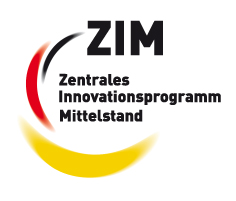What is wwwtranslate
wwwtranslate is a multifunctional online language processing platform providing Lingenio web services in the area of machine translation and dictionary lookup, syntactic analysis and search for reference examples.The aim of wwwtranslate is to bring together a good variety of the services provided by Lingenio in order to show relevant Lingenio achievements in the field of natural language processing at a glance.
In addition, the platform shall demonstrate the possibilities of combining the different services in order to optimize text analysis and multilingual support. This will be realized step by step.
In this respect, the platform is still under construction and illustrates work in progress.
Updates in the future will
- add more services (for example dictionary creation from bilingual text using Lingenio's AutoLearn<word> function)
- provide options for different services (for example subject area specific translation)
- provide some combinations of the different services (for example dictionary creation and translation)
- provide additional language pairs
Please have a look at our platform regularly.
You can learn more about our offline and online products and services covering various mono- and multilingual solutions on our services webpage and in our webshop.

|

|

|

|

|
Use wwwtranslate
You may add text manually to the source window or by pasting.Upon pasting, the text will be analyzed into segments in a preliminary form. This allows you to get an overview about how the input is structured before undergoing the processing selected (sentence-based lemmatization, analysis, translation, etc.). In addition you may modify the segmentation if necessary.
If the lines of the input text correspond to the segments to be treated further (irrespective of whether they show a corresponding punctuation mark at the end), please select the option 'Treat end of line as end of sentence' before entering the text into the source window.


